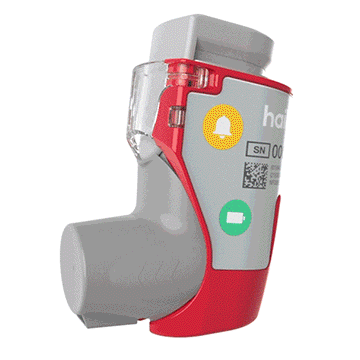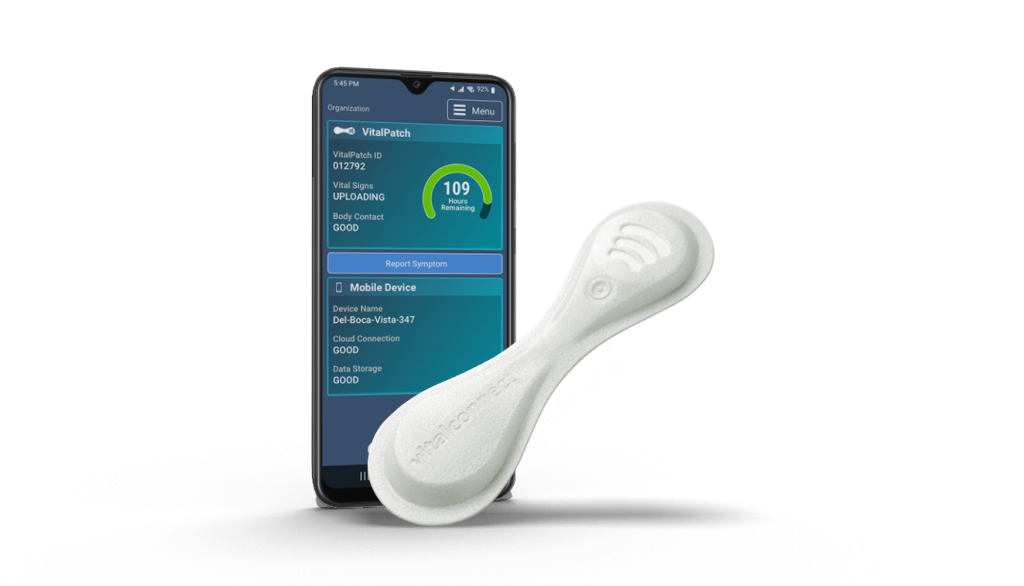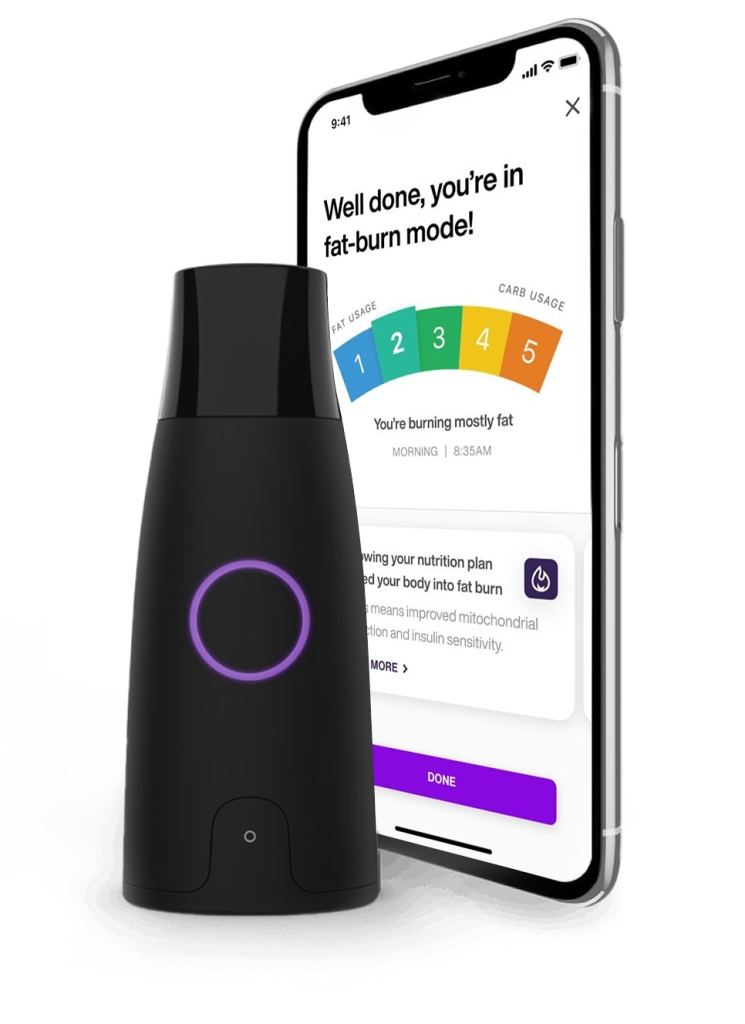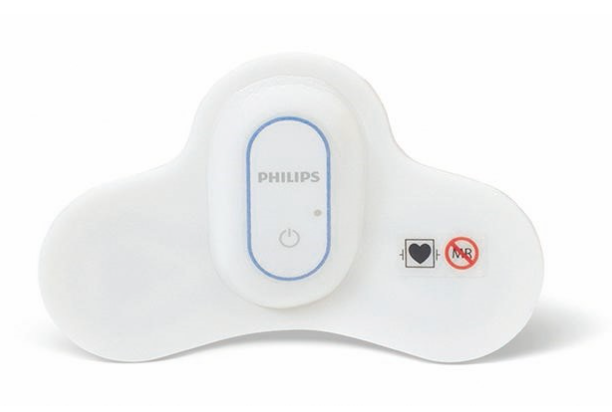Over the next decade, we can expect to see major disruption within the healthcare sector thanks to IoT (the internet of things). IoT provides opportunities to redefine and innovate healthcare to improve the quality and efficiency of treatment, enable preventative and faster diagnosis and rethink patient care options.
Orchard’s Experience Director Gina Hughes looks at how IoT is set to revolutionise healthcare and wellness.
Living through a global pandemic, it’s become increasingly important to understand how established and emerging IoT technologies can support health systems to deliver safe and effective care, diagnosis, treatment, and patient monitoring both inside and outside of the hospital. Many countries have successfully implemented technology-supported services to maintain health care practices and social distancing.
How does it work?

Opportunities:
- Real-time and remote patient monitoring — One of the more common methods of IoT in health care. IoT devices collect health metrics like heart rate, blood pressure, temperature, and more from patients. IoT lends itself to helping patients self-care in remote areas.
- Patient Care Cost Reduction — IoT enables patient monitoring in real-time, which could significantly cut down unnecessary visits to doctors, hospital stays, and re-admissions.
- Improved Treatment: It enables physicians to make evidence-based informed decisions. It also provides opportunities to monitor dosages, reactions, environment and prevents health emergencies (think asthma, diabetes, anaphylaxis)
- Faster Disease Diagnosis: Continuous patient monitoring and real-time data help in diagnosing diseases at an early stage or even before the disease develops (based on symptoms).
- Preventative and Proactive Treatments: Continuous health monitoring opens the doors for providing preventative and proactive medical treatment.
- Drugs and Equipment Management: Management of drugs and medical equipment is a major challenge in the healthcare industry. Through connected devices, these can be managed and utilised efficiently providing efficiency and reduced costs. It also opens business opportunities for online issues and fulfillment of prescriptions.
- Error Reduction: Data generated through IoT devices will not only help effective decision making but also ensure smooth healthcare operations with reduced errors, waste, and system costs.
Considerations:
- IoT-enabled connected devices capture huge amounts of data, including sensitive information, giving rise to concerns about data security. Implementing apt security measures is crucial.
- Standardisation and Interoperability — Of data and transmission and integration into (electronic health records) is a barrier the industry is dealing with. It is still a significant administrative burden to manage multiple devices from multiple companies due to the lack of interoperability and standardisation.
The Outtake:
IoT explores new dimensions of patient care through real-time health monitoring and access to patients’ health data. This data is a goldmine for healthcare stakeholders to improve patient’s health, wellbeing, and experience, while also offering revenue opportunities and long-term cost reduction to healthcare operations.
Examples of IoT in action

Smart Inhaler
Adherium’s Hailie® solution comprises Bluetooth® enabled sensors that attach to the patient's “puffer”, a mobile application, and a secure cloud-based portal.
The Hailie® solution is an ecosystem of intelligent sensors and apps that help healthcare professionals and patients manage their chronic respiratory conditions, track medication usage, provide reminders, and help them enjoy an improved quality of life.
Vital Patch
This wearable allows patients to go about their normal daily routine, while it monitors for 21 different cardiac arrhythmias and real-time monitoring for 4 important patient vitals such as Single-lead ECG, Heart Rate, Heart Rate Variability, and Respiratory rate.
ALL patient data is sent instantaneously to a secure cloud. The cloud-based capture eliminates the need to ship back the biosensor for the creation of the final diagnostic report, providing HCPs with their patient’s results several days sooner compared to other providers. The final diagnostic report and analysis are streamlined with enhanced features, providing HCPs with the information needed to treat their patients.
Currently only available in the US.


Lumen
This product is not a medical device, however, is a great example of an IoT product for the Wellness category.
Lumen is a hand-held, portable device to accurately measure metabolism. Lumen uses a CO2 sensor and flow meter to determine the CO2 concentration in a single breath. This indicates the type of fuel the body is using to produce energy along with how the metabolism is affected by your sleep, physical activity, and nutrition. Previously this type of analysis would only be available in hospitals and clinics. This device and the accompanying App enable metabolism monitoring daily at home. The data is used to provide nutritional and exercise guidance helping customers to stay fit and healthy.
Philips Biosensor BX100
This lightweight, disposable biosensor is a 5-day, single-use wearable patch which can be integrated with a scalable hub to monitor multiple patients across multiple rooms.
The medical-grade wireless wearable biosensor adheres discreetly to the chest to collect, store, measure and transmit respiratory rate and heart rate every minute — the top two predictors of deterioration — as well as contextual parameters such as posture, activity level and ambulation.
This device is being used in hospitals on COVID-19 wards, enabling continuous monitoring of patients. It helps to minimise contact and reduce the time hospital staff must change in and out of protective gear.

References:

